
10 Evil Social Experiments
Published in Entertainment at March 23rd, 2017 at 12:34 PM
Unit 731

Unit 731 was a covert biological and chemical warfare research unit of the Imperial Japanese Army that undertook lethal human experimentation during World War II. It was responsible for some of the most notorious war crimes carried out by Japanese personnel.

Some of the numerous atrocities committed by the commander Shiro Ishii include: vivisection of living people, prisoners had limbs amputated and reattached to other parts of their body, some prisoners had parts of their bodies frozen and thawed to study the resulting untreated gangrene.
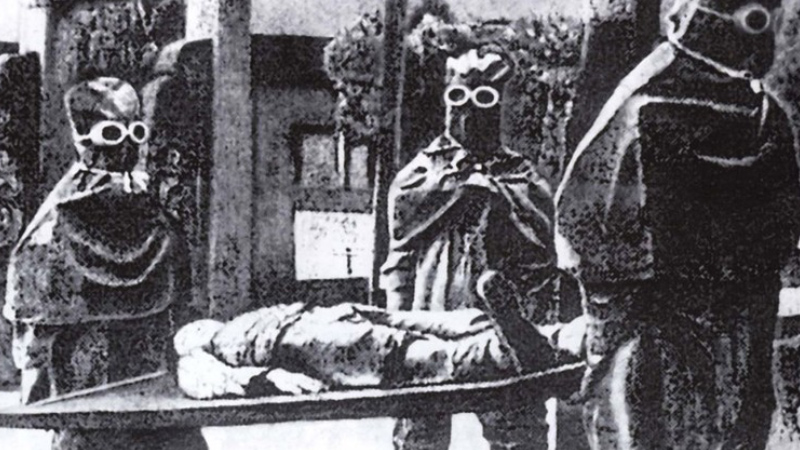
Humans were also used as living test cases for grenades and flame throwers. Prisoners were injected with strains of diseases, disguised as vaccinations, to study their effects. To study the effects of untreated venereal diseases, male and female prisoners were deliberately infected with syphilis and gonorrhea via rape, then studied. Having been granted immunity by the American Occupation Authorities at the end of the war, Ishii never spent any time in jail for his crimes and died at the age of 67 of throat cancer.
The Aversion Project
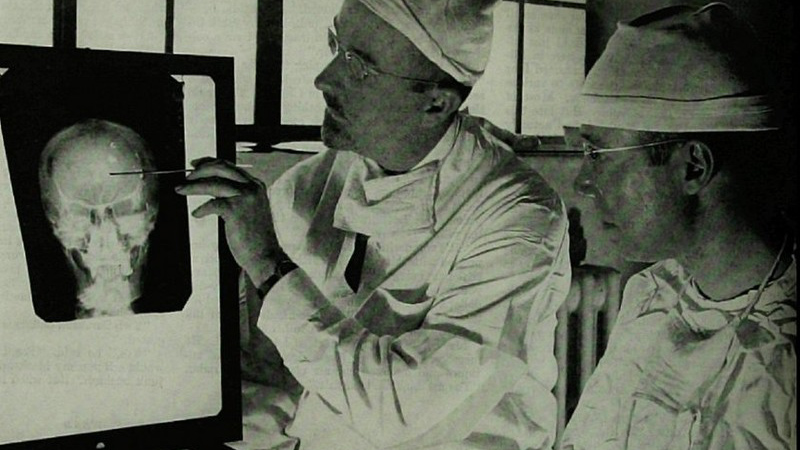
South Africa’s apartheid army forced white lesbian and gay soldiers to undergo ‘sex-change’ operations in the 70’s and the 80’s, and submitted many to chemical castration, electric shock, and other unethical medical experiments. Although the exact number is not known, former apartheid army surgeons estimate that as many as 900 forced ‘sexual reassignment’ operations may have been performed between 71 and 89 at military hospitals, as part of a top-secret program to root out homosexuality from the service.

Army psychiatrists aided by chaplains aggressively ferreted out suspected homosexuals from the armed forces, sending them discretely to military psychiatric units. Those who could not be ‘cured’ with drugs, aversion shock therapy, hormone treatment, were chemically castrated or given sex-change operations. Although several cases of lesbian soldiers abused have been documented so far—including one botched sex-change operation—most of the victims appear to have been young, 16 to 24-year-old white males drafted into the apartheid army.
North Korean Experimentation

There have been many reports of North Korean human experimentation. These reports show human rights abuses similar to those of Nazi and Japanese human experimentation in World War II.
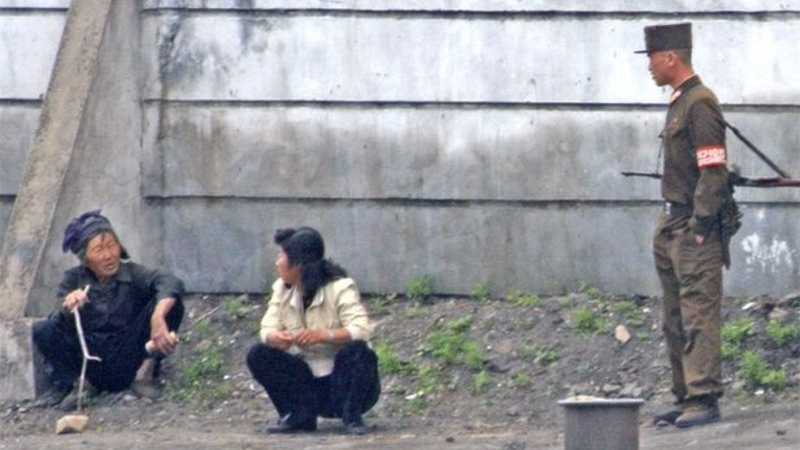
These allegations of human rights abuses are denied by the North Korean government, who claim that all prisoners in North Korea are humanely treated. One former North Korean woman prisoner tells how 50 healthy women prisoners were selected and given poisoned cabbage leaves, which all the women had to eat despite cries of distress.
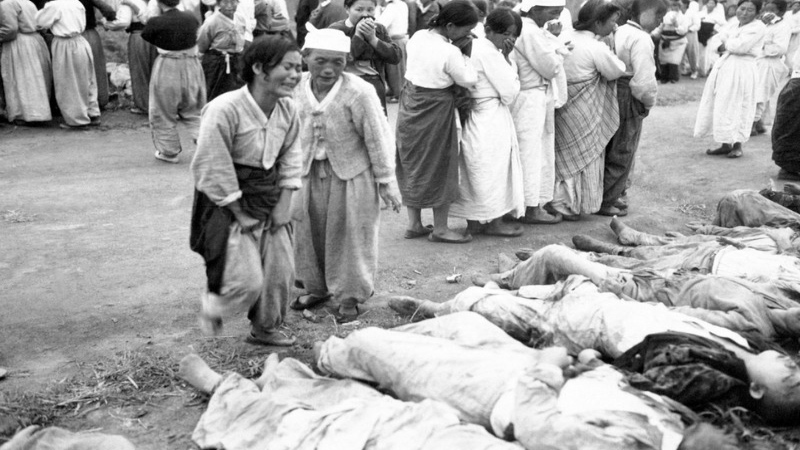
All 50 were dead after 20 minutes of vomiting blood. Refusing to eat would have meant reprisals against them and their families. Kwon Hyok, a former prison Head of Security at Camp 22, described laboratories equipped respectively for poison gas, suffocation gas and blood experiments, in which 3 or 4 people, normally a family, are the experimental subjects. After undergoing medical checks, the chambers are sealed and poison is injected through a tube, while “scientists” observe from above through glass.
Project MKULTRA

MKULTRA was the code name for a CIA mind-control research program, that began in the early 1950s and continued at least through the late 1960s.
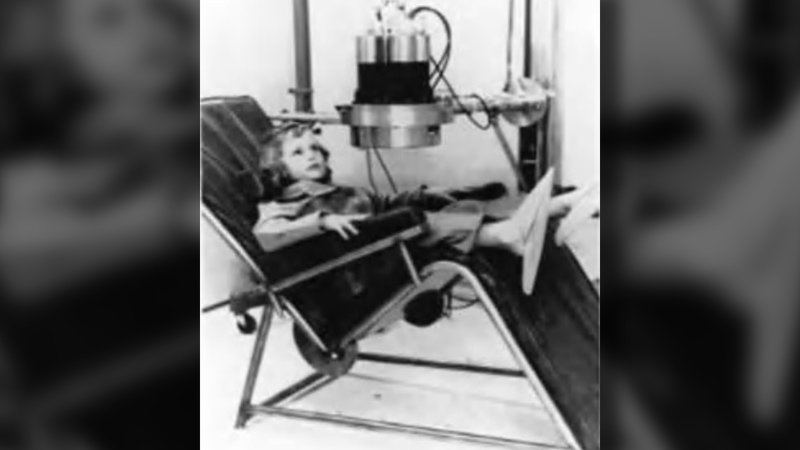
There is much published evidence that the project involved the use of many types of drugs, to manipulate individual mental states and to alter brain function. Experiments included administering LSD to CIA employees, military personnel, doctors, prostitutes, mentally ill patients, and members of the general public in order to study their reactions.
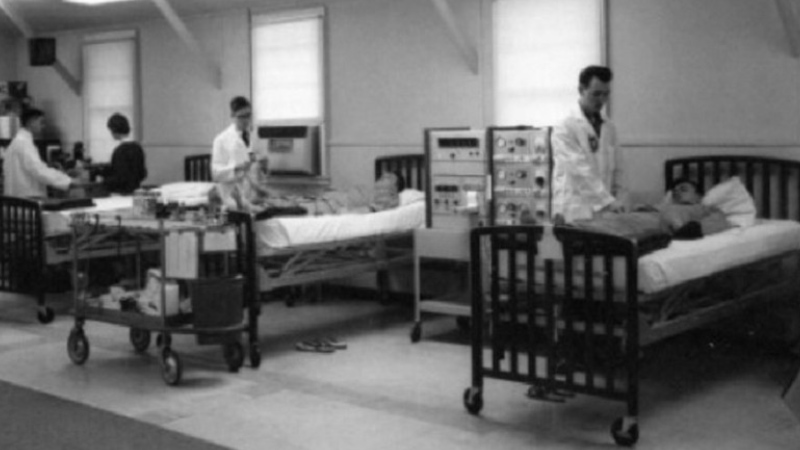
LSD and other drugs were usually administered without the subject’s knowledge and informed consent, a violation of the Nuremberg Code. Efforts to “recruit” subjects were often illegal, even discounting the fact that drugs were being administered.
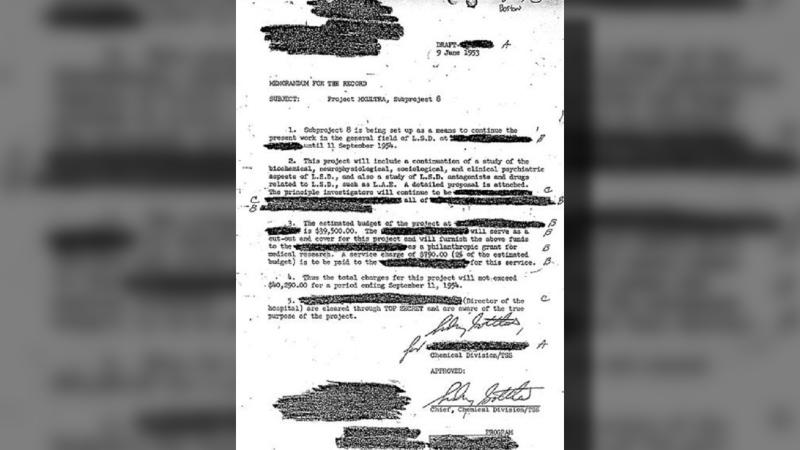
In Operation Midnight Climax, the CIA set up several brothels to obtain a selection of men who would be too embarrassed to talk about the events. The men were dosed with LSD, and the brothels were equipped with one-way mirrors and the “sessions” were filmed for later study.
The Monster Study
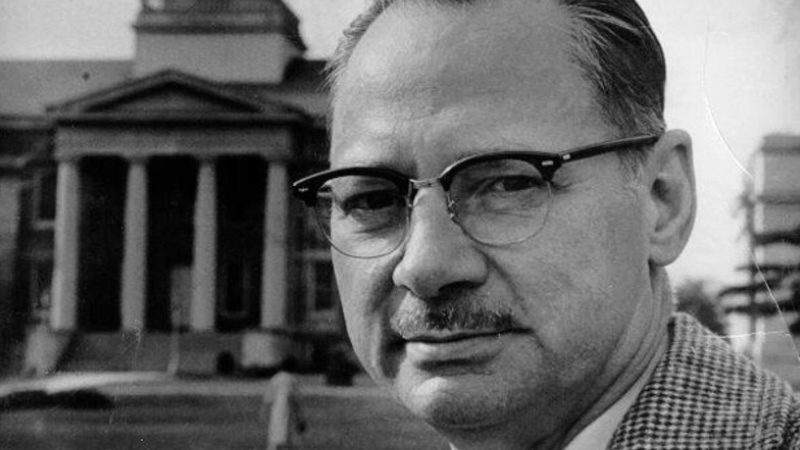
The Monster Study was a stuttering experiment on 22 orphan children in Davenport, Iowa, in 1939 conducted by Wendell Johnson at the University of Iowa. Johnson chose one of his graduate students, Mary Tudor, to conduct the experiment and he supervised her research.

After placing the children in control and experimental groups, Tudor gave positive speech therapy to half of the children, praising the fluency of their speech,

and negative speech therapy to the other half, belittling the children for every speech imperfection and telling them they were stutterers. Many of the normal speaking orphan children who received negative therapy in the experiment suffered negative psychological effects and some retained speech problems during the course of their life.

Dubbed “The Monster Study” by some of Johnson’s peers who were horrified that he would experiment on orphan children to prove a theory, the experiment was kept hidden for fear Johnson’s reputation would be tarnished in the wake of human experiments conducted by the Nazis during World War II. The University of Iowa publicly apologized for the Monster Study in 2001.
Nazi Experiments
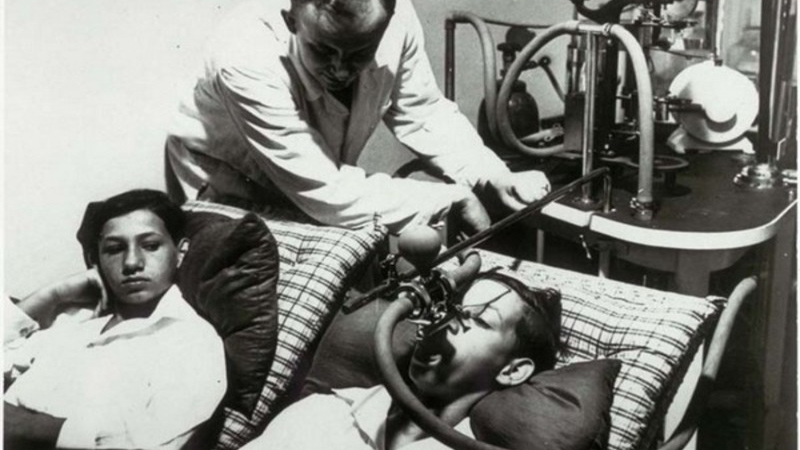
Nazi human experimentation was medical experiments by the Nazi's in their concentration camps during World War II. At Auschwitz, selected inmates were subjected to various experiments which were supposedly designed to help German military personnel in combat situations, to aid in the recovery of military personnel that had been injured, and to advance the racial ideology backed by the Third Reich.
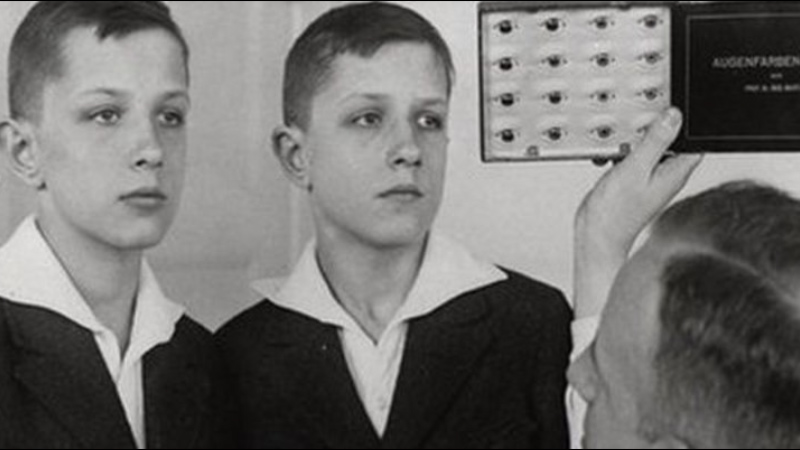
Experiments on twin children in concentration camps were created to show the similarities and differences in the genetics of twins, as well as to see if the human body can be unnaturally manipulated. Dr. Josef Mengele, who performed experiments on over 1,500 sets of imprisoned twins, of which fewer than 200 individuals survived the studies. Dr. Mengele organized the testing of genetics in twins. The twins were arranged by age and sex and kept in barracks in between the test, which ranged from the injection of different chemicals into the eyes of the twins to see if it would change their colors to literally sewing the twins together in hopes of creating conjoined twins.

Circulation of blood was interrupted by tying off blood vessels at both ends of a wound to create a condition similar to that of a battlefield wound. Infection was aggravated by forcing wood shavings and ground glass into the wounds. The infection was treated with sulfonamide and other drugs to determine their effectiveness.
Project 4.1

Project 4.1 was the code name for a medical study conducted by the United States in the Marshall Islands who were exposed to radioactive fallout from the nuclear test at Bikini Atoll. For the first decade after the test, the effects were tough to measure: miscarriages and stillbirths among exposed women doubled in the first five years, but then returned to normal; some developmental difficulties and impaired growth appeared in children.
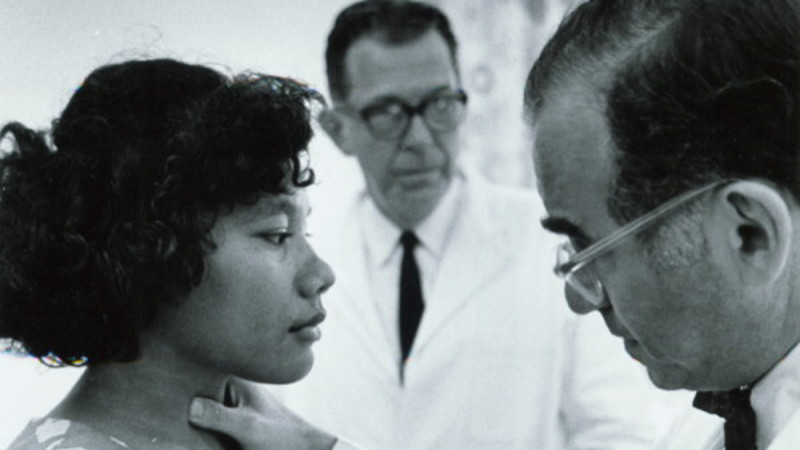
In the decades that followed, though, the effects were undeniable. Children began to suffer from thyroid cancer in high numbers and almost a third of those exposed developed skin growths. Not long ago the ruling bodies declared the people of the islands were used as guinea pigs for nuclear testing and will be awarded compensation, even though nothing can subside the agony they've suffered.
Poison laboratory of the Soviets

The Poison laboratory of the Soviet secret services, also known as “The Chamber”, was a covert poison research facility of the Soviet secret police. The Soviets tested a number of deadly poisons on prisoners, including mustard gas, ricin, digitoxin and many others.

The goal of the experiments was to find a tasteless, odorless chemical that could not be detected post mortem. Candidate poisons were given to the victims, with a meal or drink, as “medication”. Finally, a preparation with the desired properties called C-2 was developed.

According to witness testimonies, the victim changed physically, became shorter, weakened quickly, became calm and silent and died within fifteen minutes.
Stanford Prison Experiment

The Stanford prison experiment was a psychological study of human responses to captivity and its behavioral effects on both authorities and inmates in prison. The experiment was conducted in 1971 by a team of researchers led by psychologist Philip Zimbardo at Stanford University.
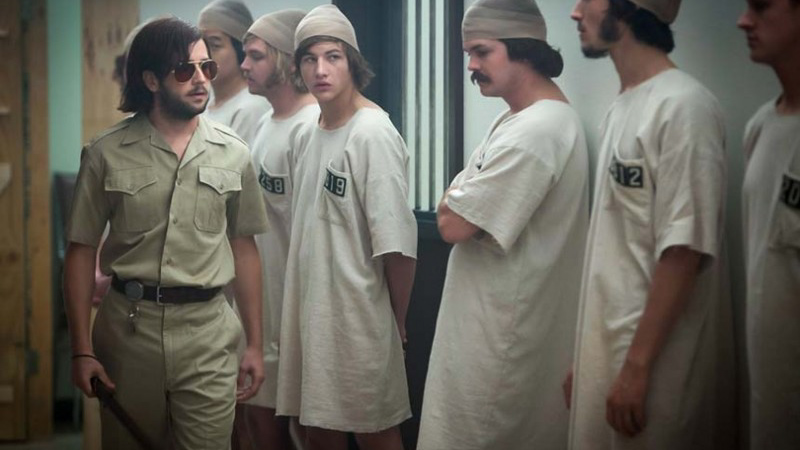
Undergraduate volunteers played the roles of both guards and prisoners living in a mock prison in the basement of the Stanford psychology building.

Prisoners and guards rapidly adapted to their roles, stepping beyond the boundaries of what had been predicted and leading to dangerous and psychologically damaging situations.

One-third of the guards were judged to have exhibited “genuine” sadistic tendencies, while many prisoners were emotionally traumatized and two had to be removed from the experiment early.
The Tuskegee Syphilis Study

The Tuskegee Study of Untreated Syphilis in black men was a clinical study, conducted between 1932 and 1972 in Alabama. 399 poor and illiterate African Americans were denied treatment for Syphilis.
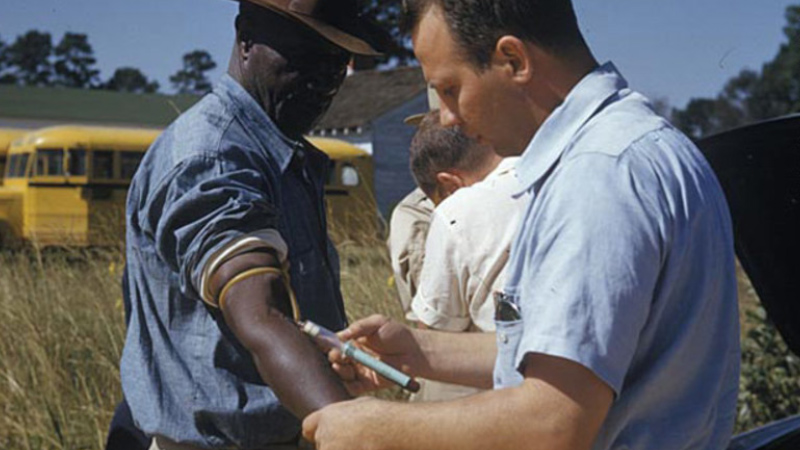
This study became notorious because it was conducted without due care to its subjects, and led to major changes in how patients are protected in clinical studies. Individuals enrolled in the Tuskegee Syphilis Study did not give informed consent and were not informed of their diagnosis; instead they were told they had “bad blood” and could receive free medical treatment.
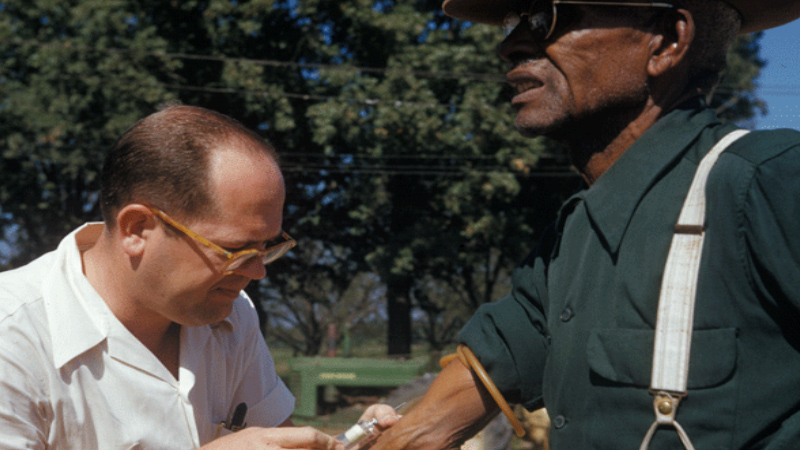
In 1932, when the study started, standard treatments for syphilis were toxic and the original goal of the study was to determine if patients were better off not being treated with these toxic remedies. For many participants, treatment was intentionally denied.By the end of the study, only 74 of the test subjects were still alive.




